Convenience stores have a key opportunity to drive sales by expanding their no- and low-alcohol beer range, attracting a growing number of consumers seeking moderate drinking options. Here Asahi shares its category management advice to drive sales.
If a retailer is looking to increase beer sales, offering a range of no- and low-alcohol products is one of the most effective ways to bring new customers to a store and drive additional purchases.
With the category growing by +44% in the past 12 months [NielsenIQ], there has never been a more lucrative time to cash in on the behavioural shift of shoppers buying no- and low-alcohol products.
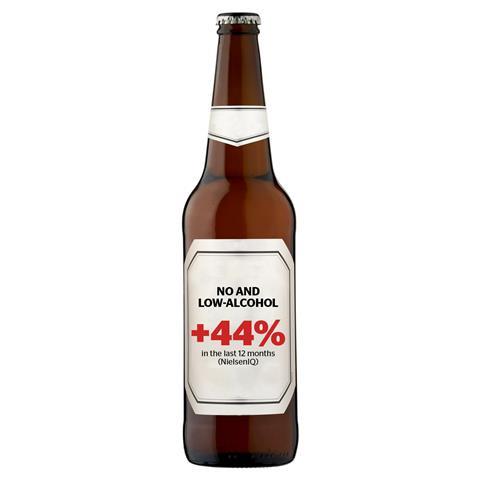
Seventy-four per cent of UK adults are now taking steps to moderate their alcohol consumption to some extent [KAM]. The percentage of adults who claim to drink alcohol at least once a week or more has dropped -5ppt since 2021, with all age groups under 55 drinking less than they were three years ago.
However, fewer than one in five consumers are choosing to not drink at all. Rather than giving up entirely, most consumers who are moderating tend to do so by drinking less alcohol on the occasion – or by swapping between alcoholic and no- and low-alcohol drinks on the same occasion. Therefore, retailers can be confident that no- and low-alcohol products are likely to be an additional purchase rather than a swap.
Despite growing sales, no- and low-alcohol distribution in convenience retailers is lagging behind grocery. In grocery, 7.7% of beer SKUs are no- and low-alcohol, whereas just 2.7% are in convenience [NielsenIQ]. More than four in five convenience stores are missing out on selling the UK’s fastest-growing no- and low-alcohol lager, Peroni Nastro Azzurro 0.0% (+99% value sales vs YA) [NielsenIQ].
The no- and low-alcohol beers convenience stores should stock
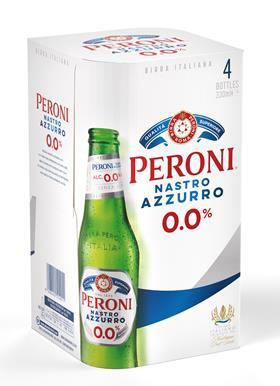
Retailers can seize their fair share of the no- and low-alcohol beer opportunity with just three SKUs:
- Peroni Nastro Azzurro 0.0% 4x330ml bottle – The biggest driver of growth in the category (+£6.1m), which has increased by +71% year on year [NielsenIQ]. The brand’s four-pack has the highest rate of sale of all no- and low-alcohol lager small packs in convenience [NielsenIQ] . Crucially for retailers, Peroni Nastro Azzurro 0.0% has a +20% price premium vs the category, presenting a great trade-up opportunity [NielsenIQ].
- Heineken 0.0 4x330ml bottle – The number one SKU by value [NielsenIQ].
- Guinness 0.0 4x440ml cans – The bestselling non-alcoholic stout [NielsenIQ].
How to merchandise no- and low-alcohol beers
- Make space for no- and low-alcohol beers by clearing out slow sellers in declining or struggling categories, such as craft beer.
- Range brands together in a dedicated no- and low-alcohol beer shelf
- Use point of sale around the fixture to draw shoppers’ attention. Retailers can contact Asahi UK for a point-of-sale kit to get started.
- Keep products chilled as four in five shoppers purchase no- and low-alcohol beers to consume on the same day [Brewbods].
Building your range further
If you’re looking to go beyond three core SKUs for your no- and low-alcohol beer range, consider stocking Asahi Super Dry 0.0%.
Asahi Super Dry launched its 0.0% version in 2023 with a taste profile to match its original. The brand won gold at the first World Alcohol Free Awards with judges describing it as “indistinguishable from a full-strength version”.
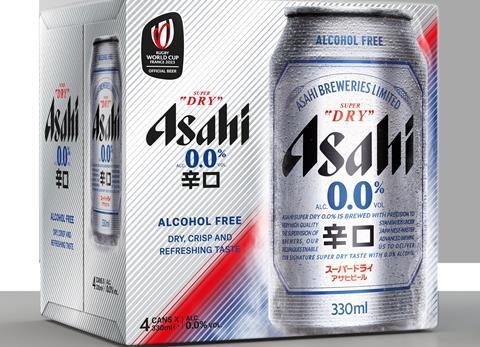
What to do next
If you’re looking for support on how to grow your no- and low-alcohol beer sales and profits, get in touch with Asahi UK by emailing communications@asahibeer.co.uk





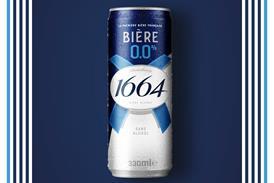
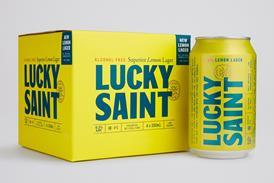
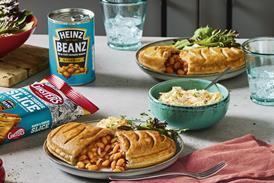
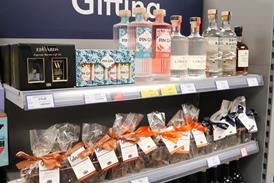
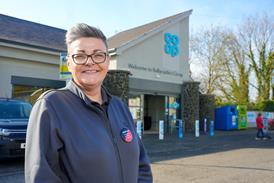
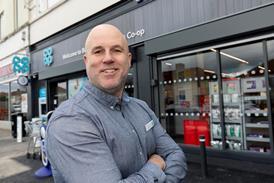
![WG-4003[58]](https://d2dyh47stel7w4.cloudfront.net/Pictures/274x183/4/5/1/353451_wg400358_6083.jpg)

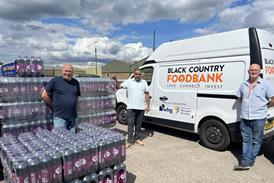





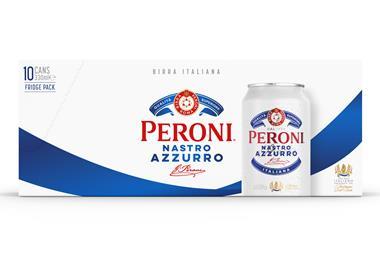
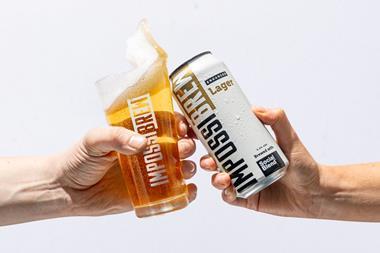
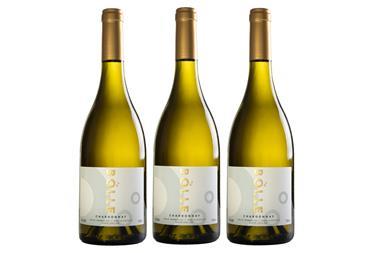
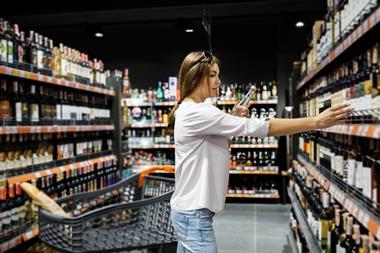



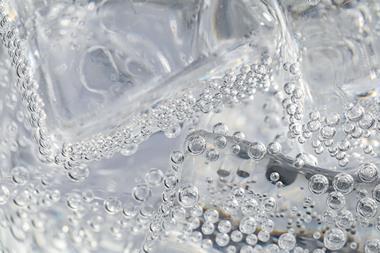




No comments yet